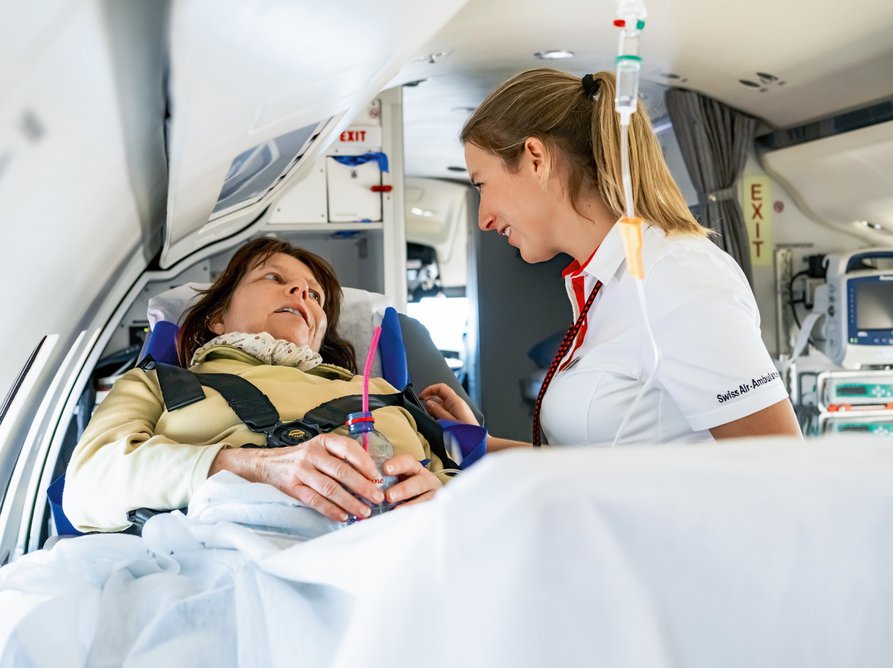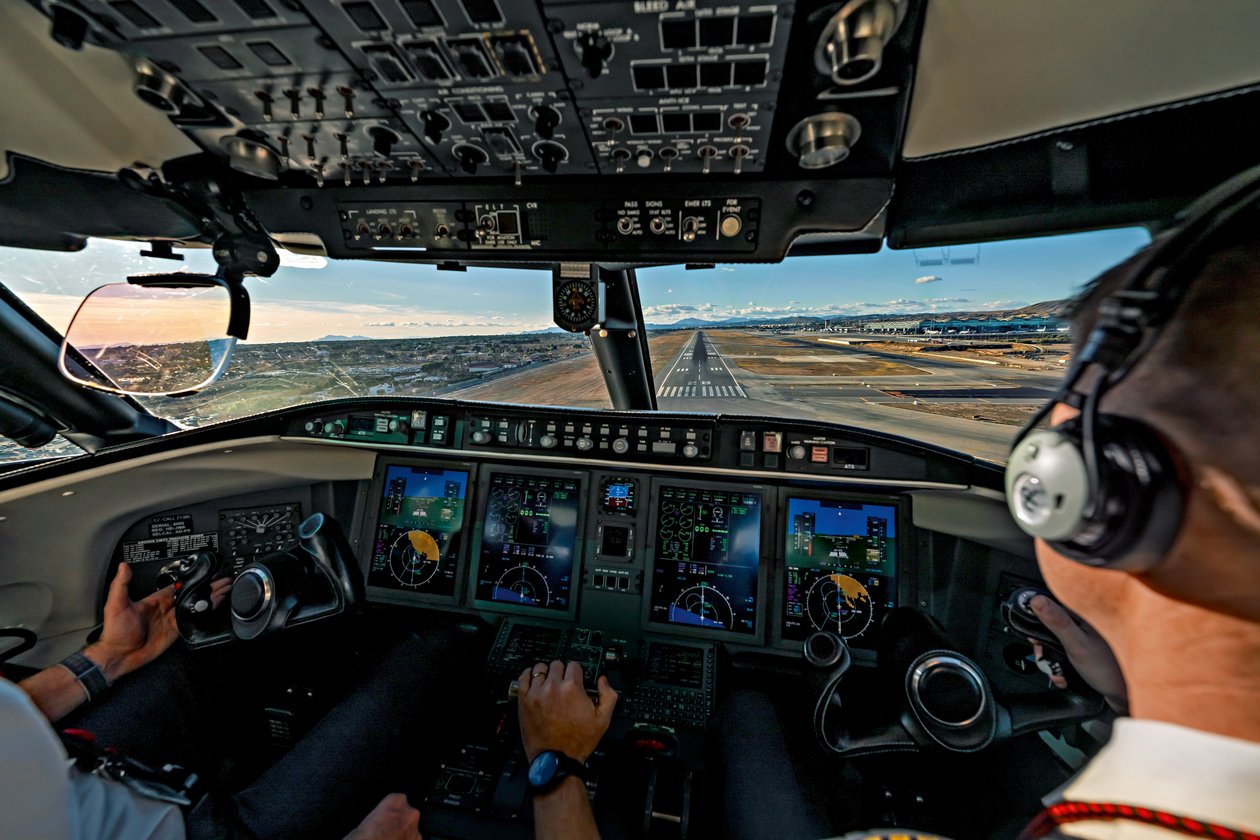The accident
Later, Anita Jeggli is able to relate what happened: “I’m a passionate horsewoman and have often been horseback trekking in Morocco. Every time, riding in a group through the beautiful landscapes is a fabulous experience,” she enthuses. But on the third day of the trek, it happens: during a gallop across the open terrain, a horse next to Anita Jeggli kicks out to the side and hits her lower leg with its hoof. She hears a crack, cries out, and her horse is startled. Although she falls off the horse, in pain and fright she does not let go of the reins. The horse turns around her and stands with its hoof on the same place on her leg. After Anita Jeggli regains consciousness, she looks down: the lower part of her leg is sticking out at an unnatural angle and blood is seeping through her clothing. “Fortunately, residents in the nearby village realised that something had happened and called an ambulance,” she explains. Anita Jeggli is taken to the clinic in Tiznit, 100 kilometres south of Agadir, an hour’s drive away. There she is quickly treated and given painkillers, antiseptic and a diagnosis: an open fracture of her lower leg.
Contact with Rega
Anita Jeggli calls the Rega Operations Center. With the help of the trekking guide and following a telephone conversation, the Moroccan hospital staff send the X-ray images to Rega’s medical consultant. She recommends undergoing emergency surgery on location to set and stabilise the fracture. For organising the transport to Switzerland will take some time: the necessary overflight and landing permits have to be obtained, the flight route planned and the local ambulance organised.
Growing concern
A few hours later, Anita Jeggli is operated on and the external fixator is attached and secured to the bones with screws. This stabilises the bone fragments caused by the fracture so that they cannot become misaligned. “I was in very good hands and received professional medical care,” says Anita Jeggli. But she is worried: will her leg make a full recovery? Was everything sufficiently germ-free so that an inflammation would not suddenly develop? These are just some of the questions that bother her. “When I was moved, I was suddenly surrounded by ten people – and then not a soul around.” Anita Jeggli is alone and completely immobile. “I would have liked to have brushed my teeth or washed myself,” she says. But her requests for help go unanswered. It is only later that she realises that the nursing staff at the Moroccan hospital are not responsible for patients’ personal hygiene or meals – the patients’ relatives take care of that. Her trekking guide finally brings her a basin and a facecloth and towel so that she can wash herself as best she can. “I’m just so grateful we have Rega. I don’t know how I would have got home otherwise,” she says.



